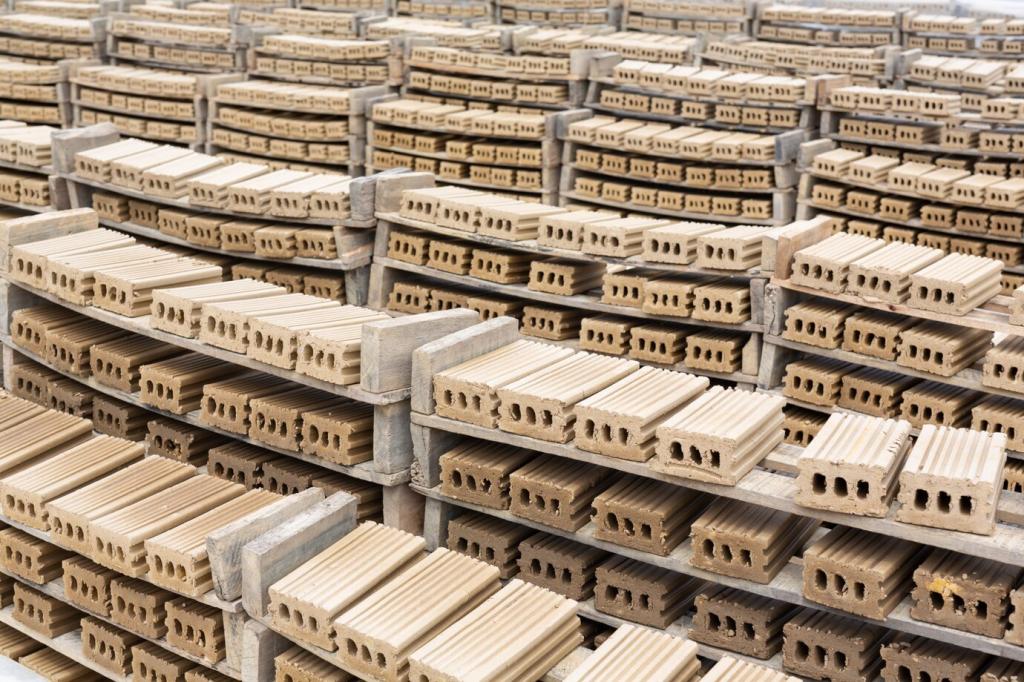Recycled and Reclaimed Brilliance
Countertops and tiles made with recycled glass offer luminous depth and storytelling power. Their speckles reveal past lives, yet the surfaces remain practical and durable when sealed properly. Curious about maintenance and scratch resistance? Drop your questions and cleaning tips so new adopters feel confident choosing this radiant option.
Recycled and Reclaimed Brilliance
Sourced from barns, factories, and decommissioned structures, reclaimed wood carries history and lowers environmental impact. Stability improves when pieces are kiln-treated and properly milled. Share your favorite finishes—oil, hardwax, or soap—and let’s compare how each preserves texture, controls sheen, and supports breathable, low-tox interiors.
Recycled and Reclaimed Brilliance
From salvaged steel legs to brass pulls, upcycled metal adds industrial poetry without the footprint of new extraction. Verify safe coatings and smooth edges, and embrace varied patina for depth. Show us your best metal-meets-wood combinations; your gallery might nudge someone toward a beautifully resource-smart design decision.


